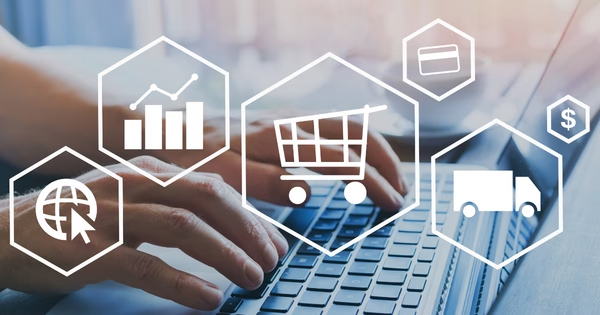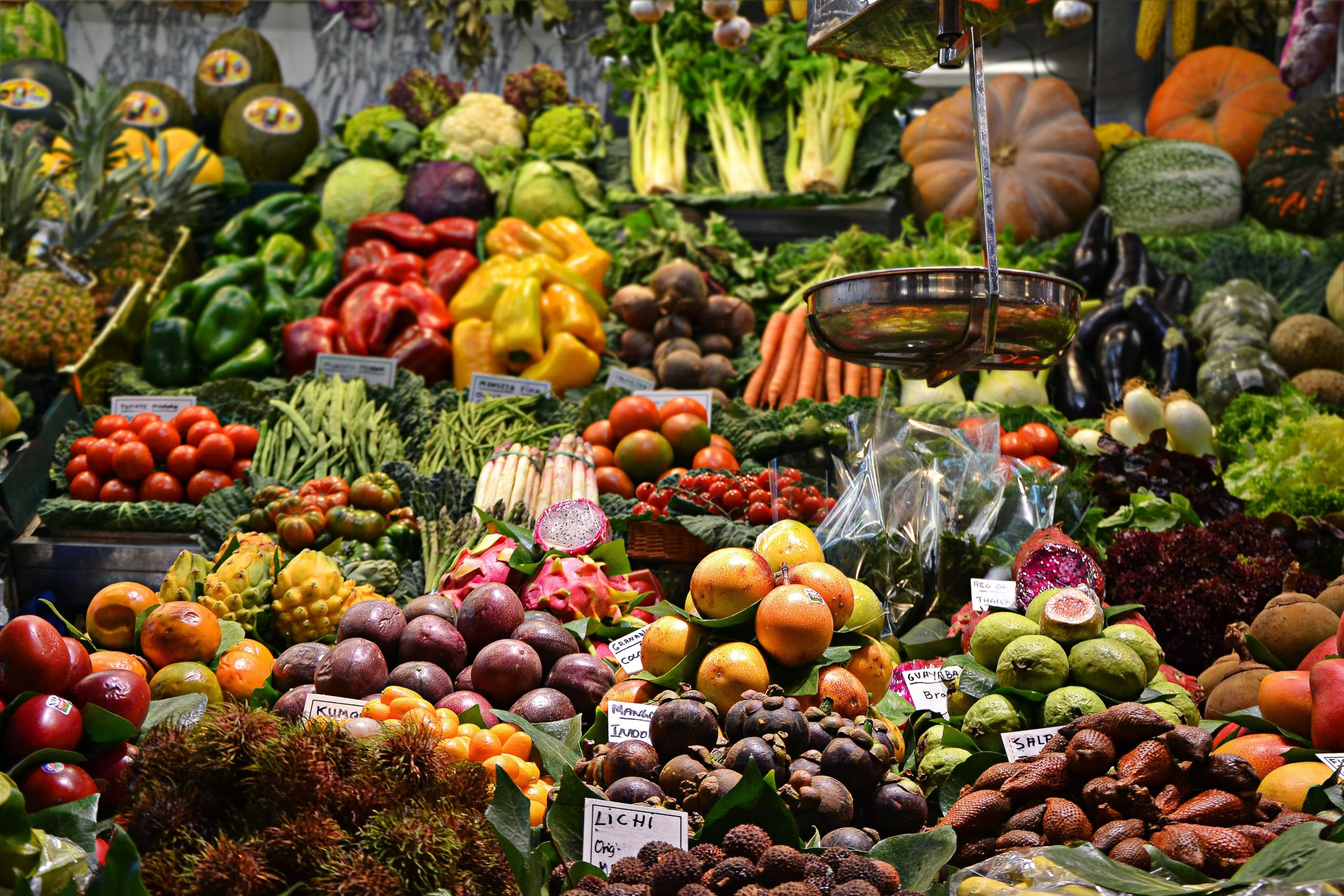1. Stocks and logistics
Indeed, in order for an e-merchant to generate significant revenues, he must have a large depth of catalog: vast references, regularly supplied stocks… This requires a significant investment.
In addition, the manager of a merchant site must also be able to manage logistics and the shipment of products directly to the end customer.
On the contrary, the Marketplace operator does not have an inventory: his role is to put buyers in contact with third party sellers. It is the latter who directly manage the inventory and ship the products.
2. Professions
Although some functions are found in both activities, such as management or marketing, the core business of the Marketplace operator and the e-merchant differ.
Indeed, the job of a Marketplace operator is above all to find and integrate sellers on its platform, as well as to manage the acquisition of traffic on the site.
The manager of a merchant site must focus on the purchase of merchandise, customer support (the part delegated to the sellers in the “Marketplace” model), manage its stocks soundly and take charge of the shipment of its products.
3. Business model
In a classic e-commerce scheme, the manager buys products, which he then resells on his site at a higher price, in order to generate a margin for his business. A good budget management is thus induced by a good sourcing of suppliers.
The Marketplace operator, for its part, is generally remunerated on a commission taken from each sale. His commercial approach is therefore based on business volume: the higher the sales, the more his income will increase.
4. Catalog
One of the great strengths of the Marketplace is the decentralization of inventory to its vendors. This makes it possible to aggregate an almost infinite number of references, to put sellers in competition with each other on certain products, thus making it possible to offer attractive prices (and thus increase sales), and to push merchants to display impeccable customer service (thanks to the instructions left by buyers).
An e-merchant’s catalog, on the other hand, depends on its storage and logistics capacities, and is therefore very limited.
For example, on the Amazon site, king of e-commerce and logistics, there are 2.8 million “Amazon” products, the rest, more than 285 million, are sold by Marketplace sellers.
5. Legal status
From a legal point of view, the Marketplace operator acts as a broker, providing a secure platform for the transaction. The legal responsibility for the products is therefore imputed to the seller.
Conversely, the manager of an e-commerce site is legally responsible for the products sold.
And if a buyer decides to take legal action following damage caused by a product/service sold on the Marketplace, the operator is covered: it is the seller who must be heard.
More information on legal issues can be found on the website of Haas Attorneys at Law, which specialises in the Marketplace.
6. Technology
While building an e-commerce site is now simple, thanks to numerous SaaS or open-source technologies (from Shopify to SAP Hybris, via Magento), few platforms allow you to create a marketplace. E-commerce CMSs are in fact not natively thought of as “multi-seller” (and all the attributes that come with it: payment, invoicing, synchronisation of flows with external IS, commission models, logistics management etc.).
IZBERG, the most complete Product and Services Marketplace solution on the market, meets precisely this need, and now equips many players, such as Vente-Privée, Europ Assistance, Suez and Gifi. In addition, IZBERG can be integrated in less than 4 months with any type of front-end technology, from e-commerce CMS to a custom framework.
Thus, for a multi-brand pure-player, the Marketplace is much less risky than a classic merchant site. And this disintermediation mechanism will see two strong trends in the years to come: the B2B sector, which is still not very digitalized, and Services platforms, making it possible to reinvent sometimes dusty business models.


